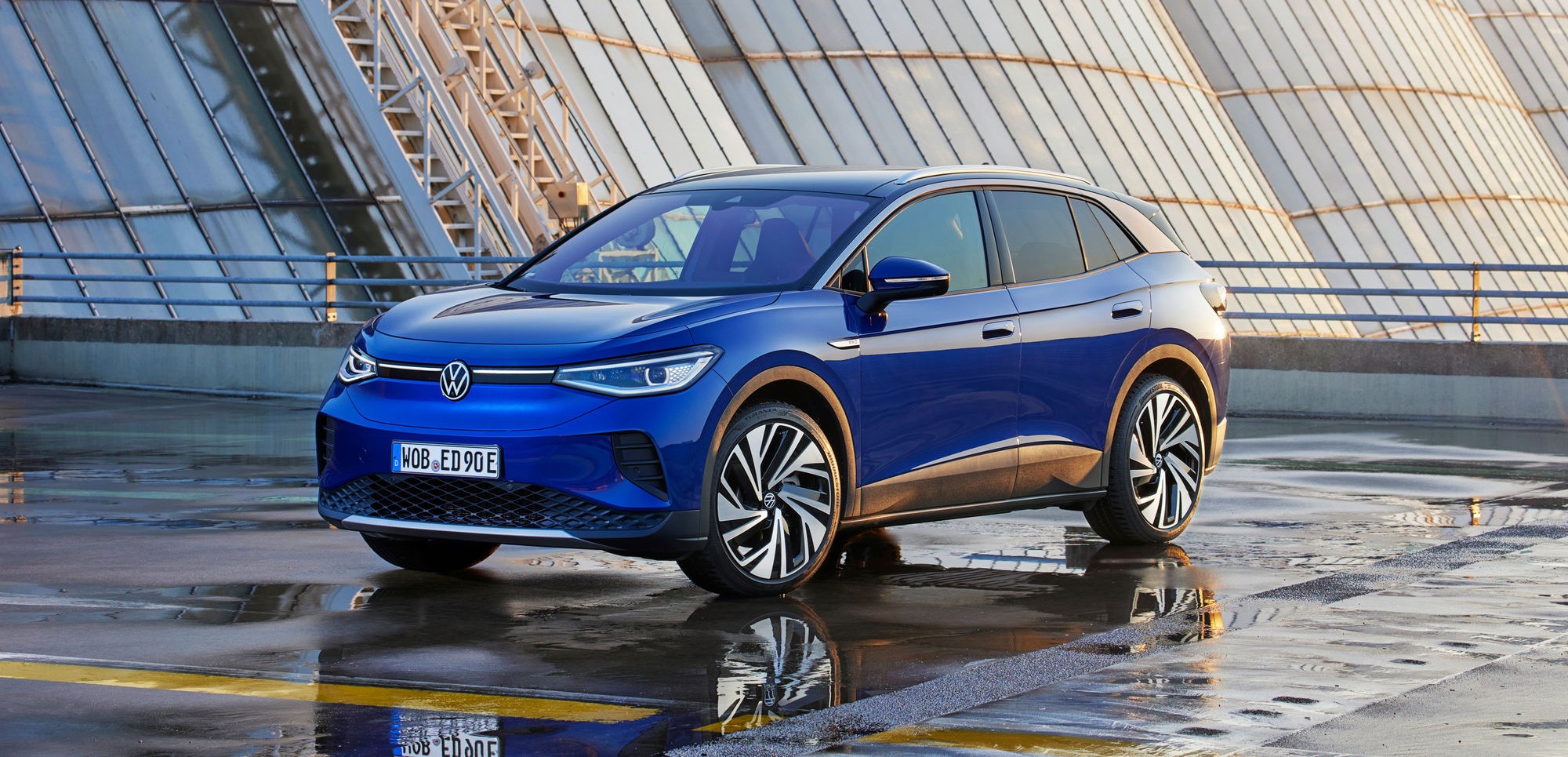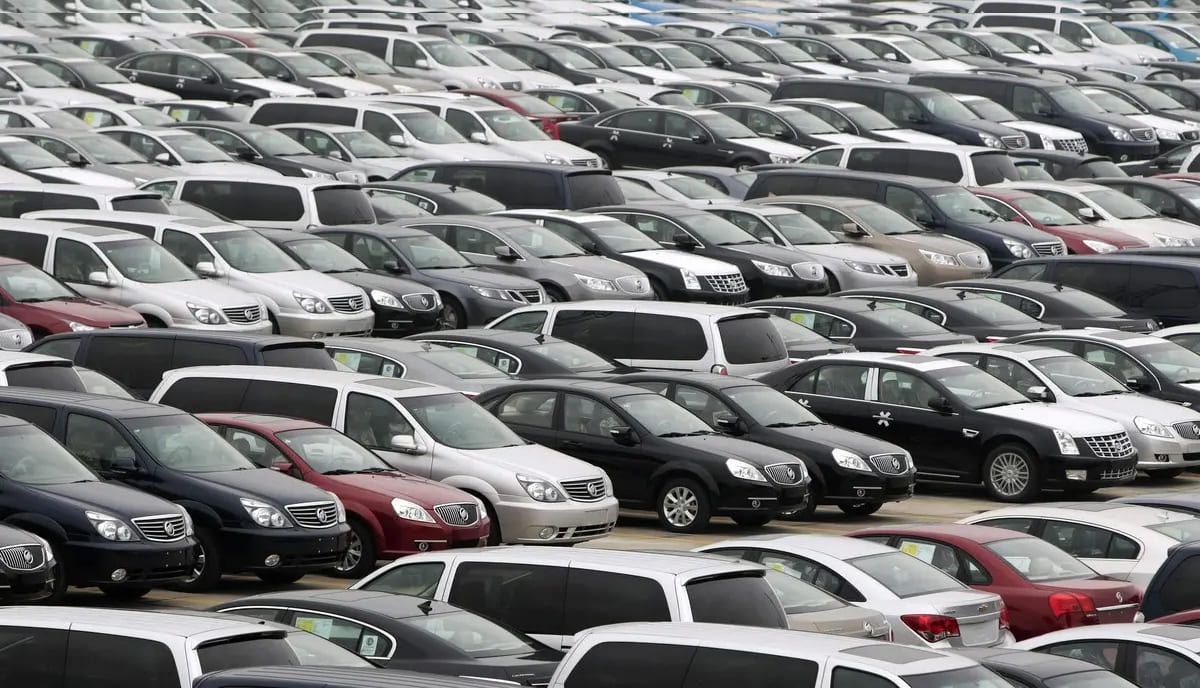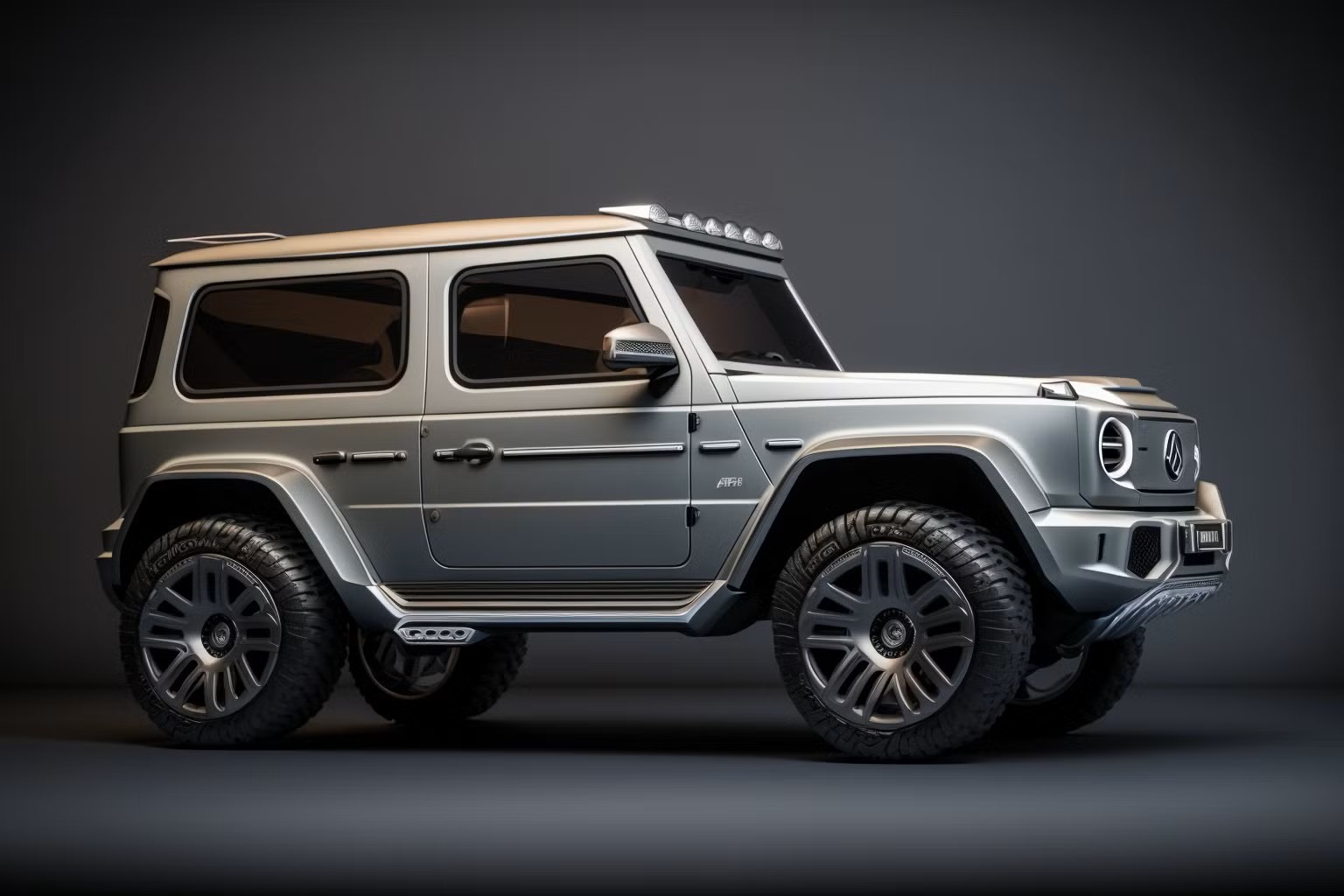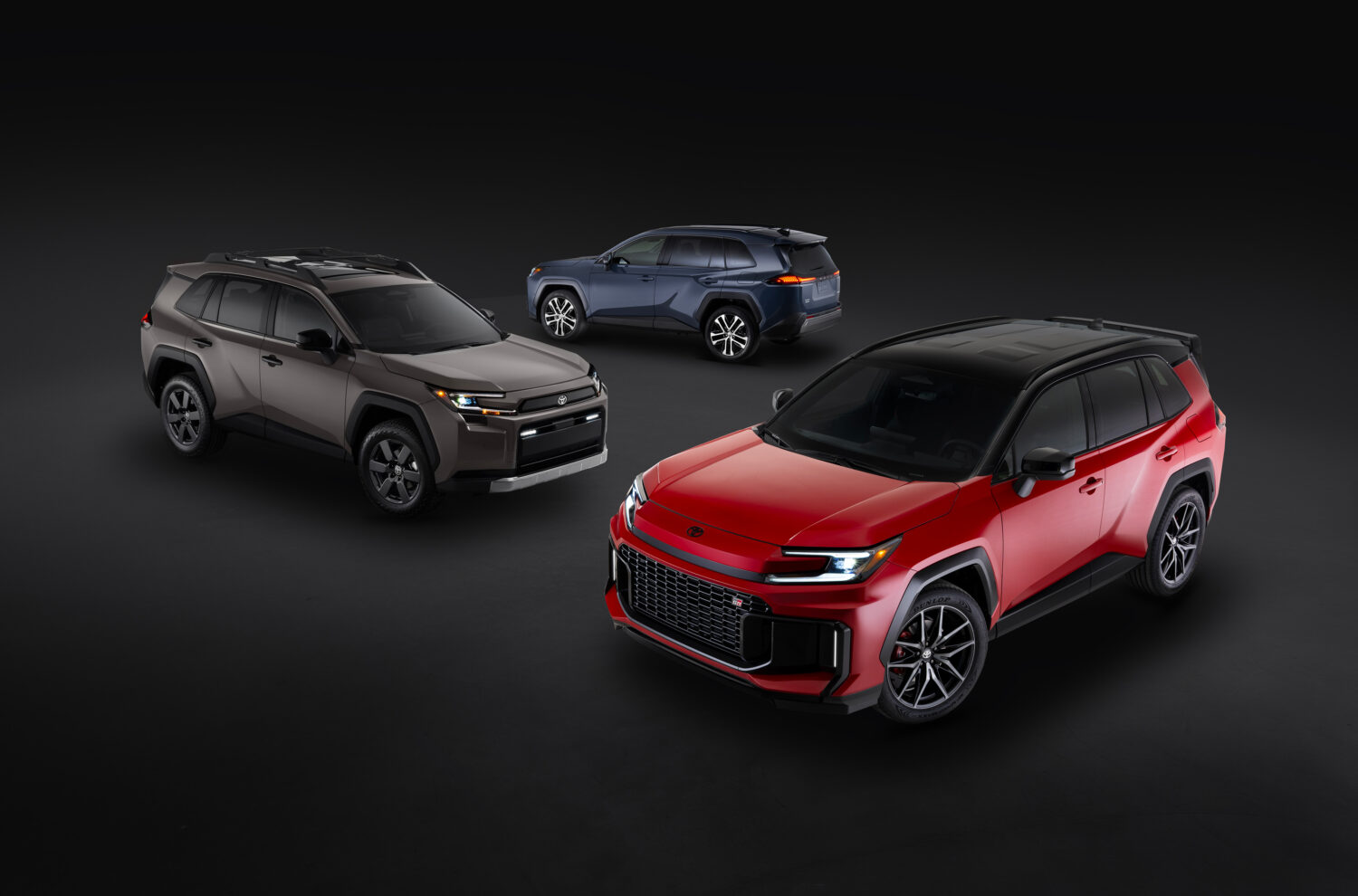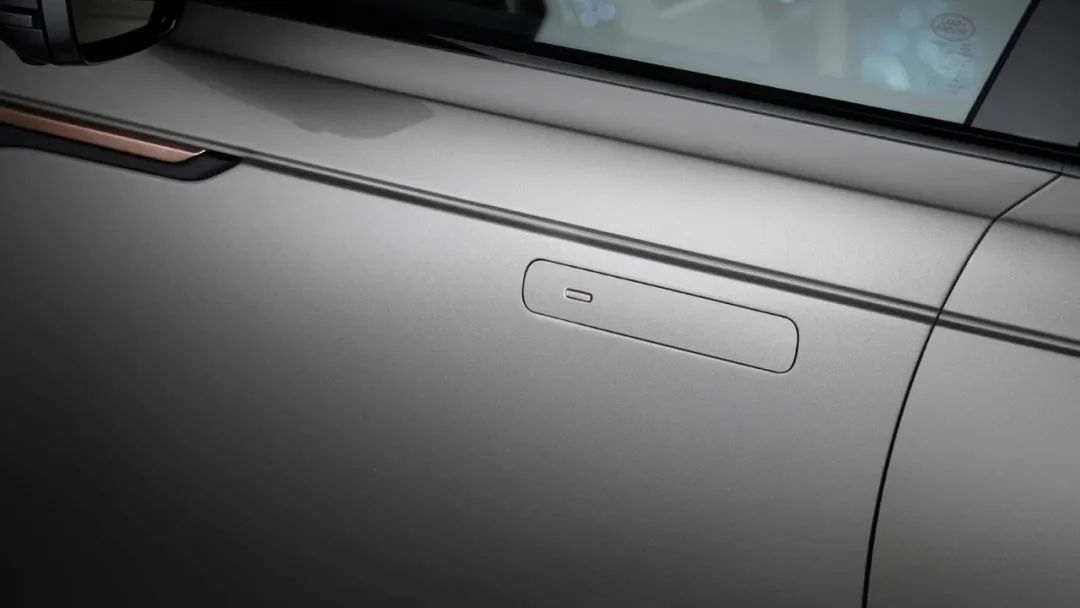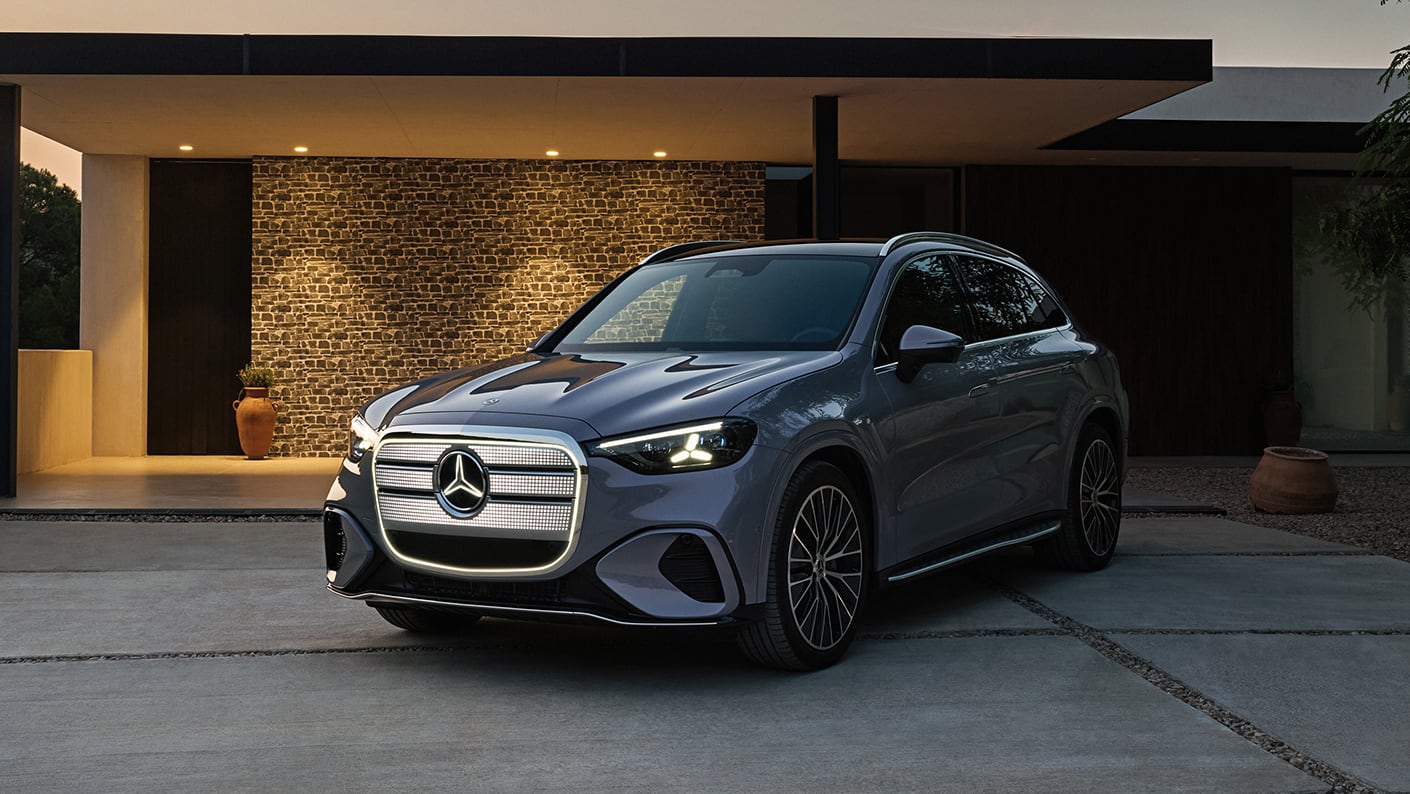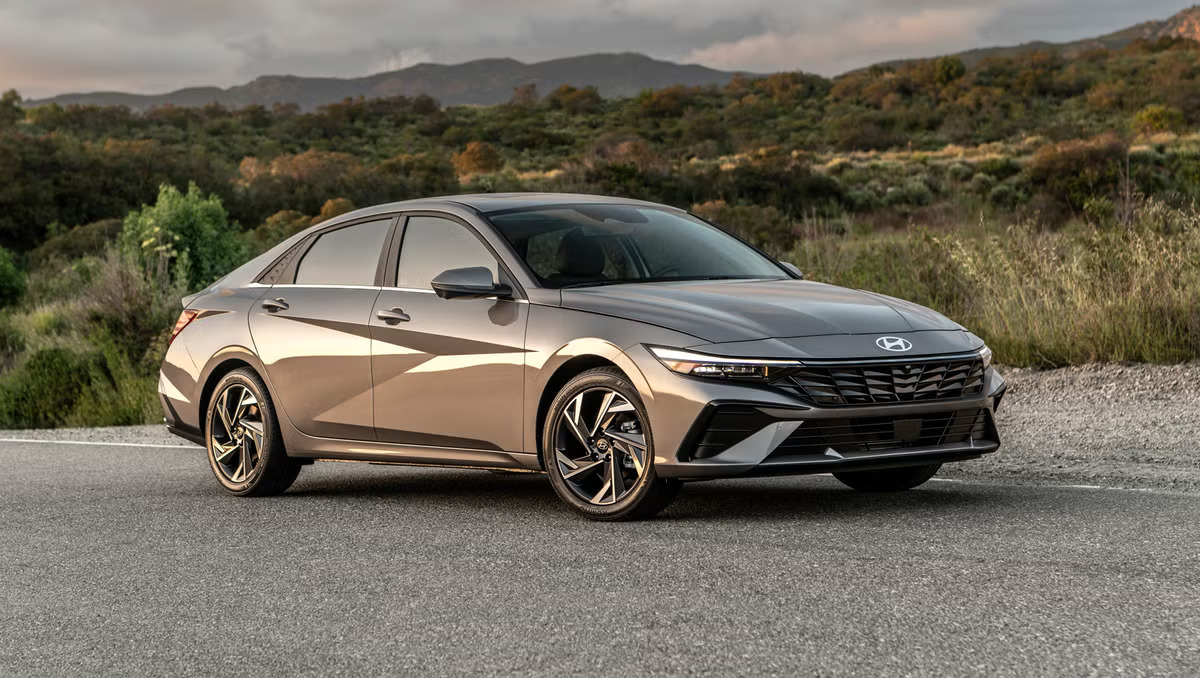Watch Video: Toyota Factory Uses "Gigapress" to Make a Third of a Car in Just Three Minutes
2 year ago

ARTICLE.VIDEO
Toyota recently showcased its new manufacturing processes to journalists at its Myochi plant, revealing how it has significantly reduced the production time of new cars by adopting a version of Tesla's gigapress die-casting manufacturing method. According to Nikkei Asia, molten metal is poured into a die where it rapidly cools from around 1,292 degrees Fahrenheit to about 482 degrees Fahrenheit.
This die creates a single piece that forms the entire rear third of the chassis, instantly producing a component that would typically consist of 86 individual parts in a 33-step manufacturing process. Not only does this streamline the process, but it also achieves a remarkable improvement in production times, with the entire component being made in just three minutes instead of several hours. It's no surprise that Toyota has embraced this method, and it's not alone.
Hyundai is exploring similar production techniques, and even the German automotive giant Volkswagen is learning from Tesla's methods. Any major manufacturer looking to enhance efficiency should consider the approach pioneered by Tesla. Toyota aims to reduce assembly time by 50%, along with plant investment and preparation lead time. Gigacasting is just one element of achieving this goal.
Toyota also demonstrated self-propelled production at its Motomachi plant, showcasing a partially built car, resembling a bZ4x, with missing body panels that drives itself at a slow pace (0.1 meters per second) to a robotic arm that adds seats before the car proceeds to the next area for inspection and shipping. This method eliminates the need for conveyor belts, a crucial development for a company with such a diverse range of vehicles.
The space and efficiency savings, regardless of the specific car type being produced, will be substantial. Toyota aims to reduce assembly time by 50%, down from the current 10 hours.
This efficiency breakthrough is integral to Toyota's goal of selling 3.5 million EVs by 2030, which is 60 times more than it sold last year. Toyota already has an advantage in next-generation battery technology and possesses a wealth of patents for solid-state battery tech that will sustain it into the next decade and beyond. The first electric vehicle benefiting from these new processes and technologies will arrive in 2026, with a concept version expected to be revealed next month.
Toyota acknowledges that innovators like Tesla should be studied for lessons. "We're learning new options from specialized EV makers to take on the challenge of building 3.5 million EVs by 2030," said Kazuaki Shingo, Chief Production Officer.
Meanwhile, Tesla is taking its gigapress concept to the next level to maintain its position as the world's top-selling EV manufacturer.
HOMEPAGE.RELATED_ARTICLES
COMMON.SEE_ALL

